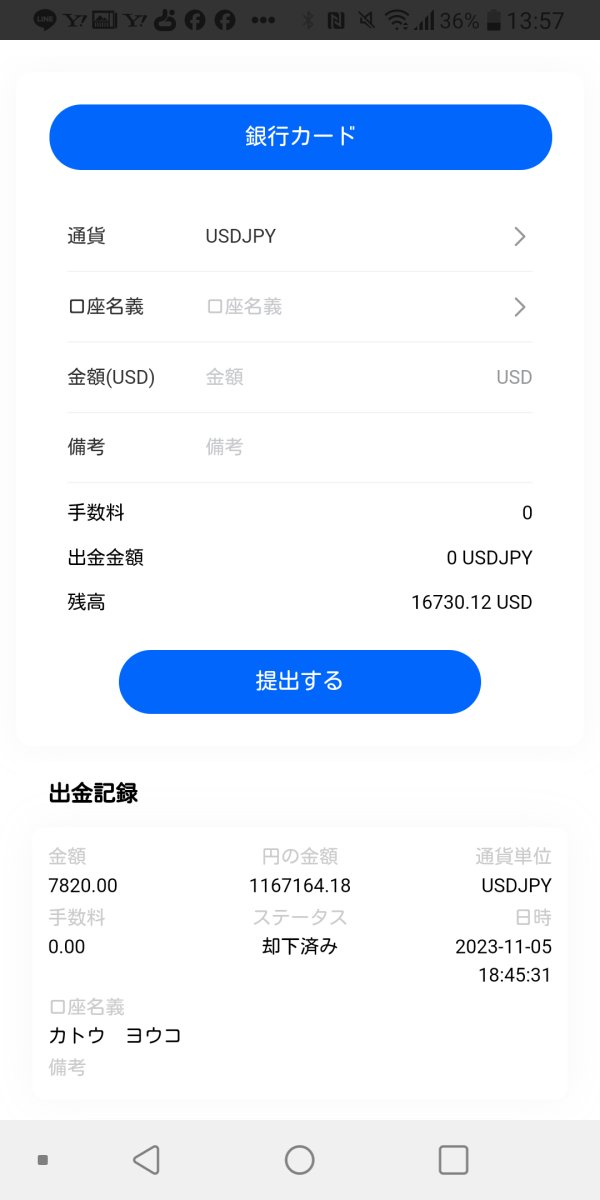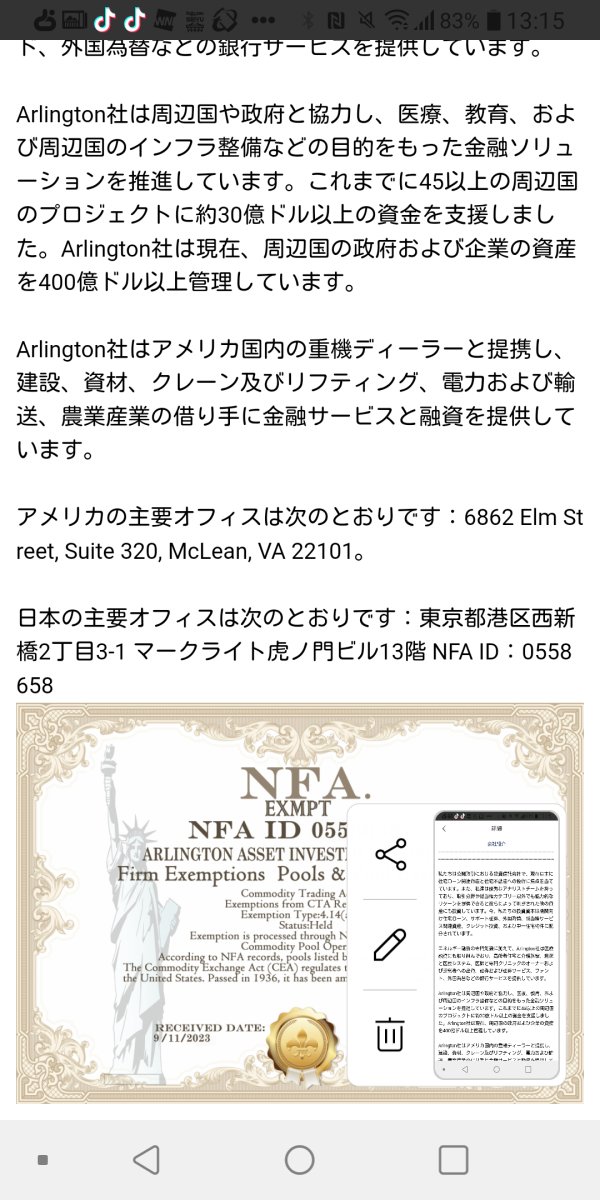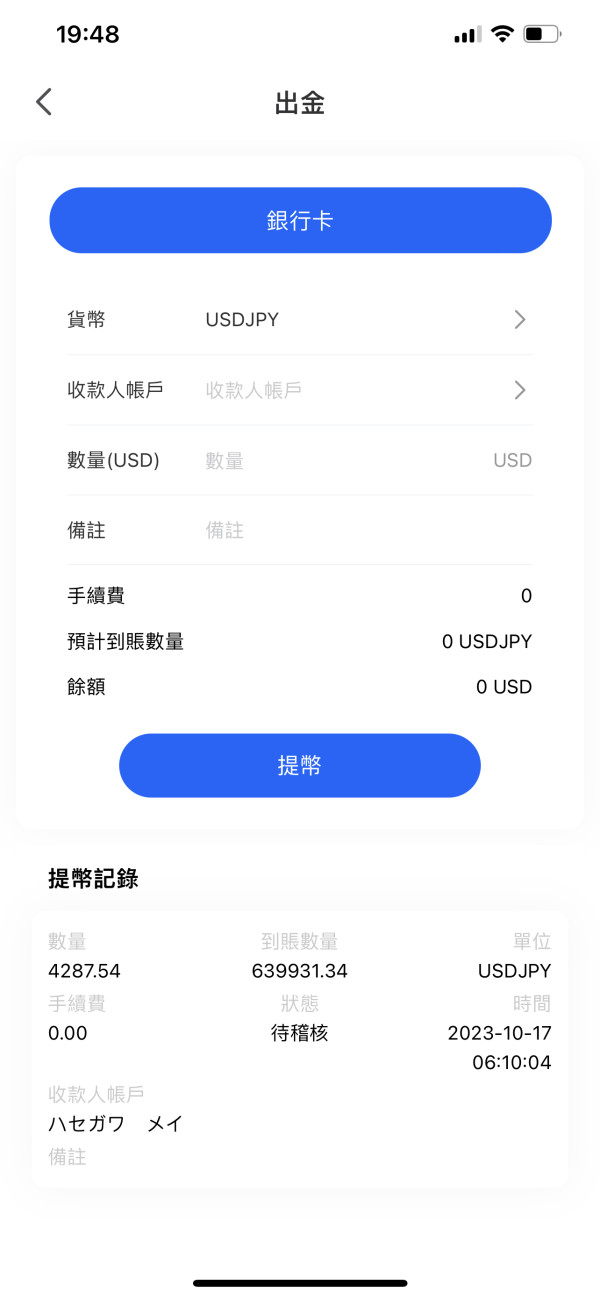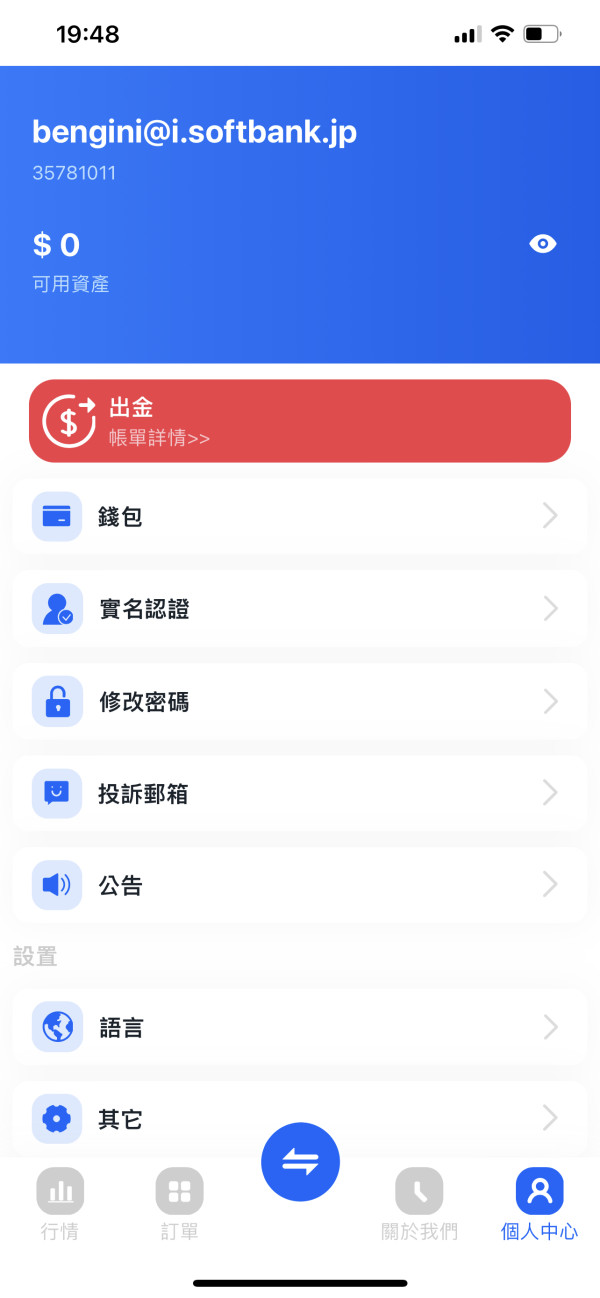Executive Summary
This comprehensive arlington asset investment review examines a financial services company that has operated in the mortgage-related investment sector since 1989. Arlington Asset Investment Corp sits in McLean, Virginia, and works as a principal investment firm that focuses mainly on mortgage-related assets. The company has built a presence in the real estate investment trust sector over more than thirty years of industry experience.
Recent developments include Arlington Asset Investment's merger with Ellington Financial, which has significantly changed its market position and how it operates. According to Wikipedia sources, the company reported total assets of $12 million as of 2021. This shows a relatively modest scale compared to major financial institutions. The firm mainly targets investors who want mortgage-backed securities and related financial instruments.
However, available user feedback and industry assessments suggest potential concerns about the company's risk profile. Multiple sources show high risk levels with the investment firm. This means prospective clients should think carefully before investing. This review aims to give a balanced analysis based on publicly available information and documented user experiences.
Important Notice
This arlington asset investment review uses publicly available information, regulatory filings, and documented user experiences. The assessment does not include direct trading experience with the platform.
Readers should note that specific trading conditions, account requirements, and service details may vary and are not fully detailed in available sources. Investment services and financial products carry risks that cannot be avoided. Potential investors should do thorough research before making investment decisions.
Regulatory oversight information for Arlington Asset Investment Corp is not clearly specified in available documentation. This may impact investor protection measures.
Rating Framework
Company Overview
Arlington Asset Investment Corp was established in 1989 and has kept its headquarters in McLean, Virginia, for over three decades. The company operates as a real estate investment trust with a specific focus on buying and managing mortgage-related assets.
According to Wikipedia documentation, Arlington Asset Investment works as a principal investment firm that puts its investment activities mainly in the mortgage sector. The company's business model centers on mortgage-backed securities and related financial instruments. This positions it within the specialized niche of real estate finance.
Recent corporate developments include a significant merger with Ellington Financial, which has reshaped the company's operational structure and market presence. This merger represents a strategic consolidation within the mortgage investment sector. Despite its established presence since 1989, Arlington Asset Investment maintains a relatively modest scale compared to major financial institutions.
Financial data shows total assets of about $12 million as of 2021. This suggests a focused investment approach rather than broad market participation. The company's longevity in the market shows some level of operational stability. However, specific performance metrics and client satisfaction data remain limited in publicly available sources.
Regulatory Oversight: Specific information about regulatory supervision is not clearly detailed in available documentation. This may raise questions about investor protection measures and compliance standards.
Deposit and Withdrawal Methods: The company's funding mechanisms and client transaction processes are not specified in accessible sources. This limits transparency about operational procedures.
Minimum Investment Requirements: Specific minimum investment thresholds are not documented in available materials. This makes it difficult for potential investors to assess entry requirements.
Promotional Offerings: No information about bonus programs or promotional incentives is available in current documentation.
Available Investment Assets: While the company focuses on mortgage-related assets, detailed specifications of available investment products are not fully outlined in public sources.
Cost Structure: Fee schedules, management costs, and expense ratios are not clearly documented in available materials. This may impact investor decision-making processes.
Leverage Options: Information about leverage availability and ratios is not specified in accessible documentation.
Platform Selection: Details about investment platforms or technological infrastructure are not provided in available sources.
Geographic Restrictions: Service availability across different regions is not clearly specified in current documentation.
Customer Service Languages: Multi-language support capabilities are not documented in available materials.
This arlington asset investment review highlights significant information gaps that potential investors should consider when evaluating the company's services.
Account Conditions Analysis
The evaluation of Arlington Asset Investment's account conditions reveals substantial information limitations that impact the assessment process. Available documentation does not provide specific details about account types, tier structures, or different service levels that might be available to various investor categories.
Minimum investment requirements represent a critical factor for potential clients. Yet specific threshold amounts are not documented in accessible sources. This lack of transparency about entry-level investment amounts may create uncertainty for prospective investors trying to evaluate their eligibility for services.
Account opening procedures and verification processes are not detailed in available materials. This leaves questions about onboarding requirements, documentation needs, and timeline expectations. The absence of clear information about know-your-customer procedures and compliance requirements may show limited transparency in operational processes.
Specialized account features, such as tax-advantaged investment options or institutional-grade services, are not specified in current documentation. This information gap makes it challenging to assess whether Arlington Asset Investment caters to diverse investor needs or maintains a standardized approach across all client relationships.
The merger with Ellington Financial may have introduced changes to account structures and conditions. However, specific details about these modifications are not clearly documented in available sources. This arlington asset investment review emphasizes the need for direct communication with the company to get comprehensive account condition information.
The assessment of Arlington Asset Investment's tools and resources reveals significant documentation gaps that limit comprehensive evaluation. Available sources do not provide detailed information about analytical tools, research capabilities, or technological resources that might be available to investors.
Investment research and market analysis resources are not specified in accessible documentation. This represents a notable limitation for investors who rely on comprehensive market intelligence. The absence of detailed information about research reports, market commentary, or analytical insights may show limited support for informed investment decision-making.
Educational resources and investor guidance materials are not documented in available sources. This potentially limits support for less experienced investors. Professional investment management often includes educational components to help clients understand market dynamics and investment strategies. However, such offerings are not clearly specified for Arlington Asset Investment.
Technology infrastructure and digital platform capabilities remain unclear based on available documentation. Modern investment firms typically provide online portals, mobile applications, or digital tools for portfolio monitoring and account management. However, specific technological offerings are not detailed in accessible sources.
Automated investment features, portfolio rebalancing tools, or algorithmic investment options are not mentioned in current documentation. The absence of information about modern investment technology may suggest limited digital capabilities or insufficient public disclosure of available features.
Customer Service and Support Analysis
Customer service capabilities and support infrastructure for Arlington Asset Investment are not comprehensively documented in available sources. This creates uncertainty about client support quality and accessibility. The evaluation of customer service standards relies on limited publicly available information.
Communication channels and contact methods are not clearly specified in accessible documentation. This may impact client accessibility and support effectiveness. Modern financial services typically offer multiple communication options including phone support, email correspondence, and live chat capabilities. However, specific offerings are not detailed for Arlington Asset Investment.
Response time expectations and service level commitments are not documented in available materials. This makes it difficult to assess customer support efficiency. Professional investment firms often maintain specific response time standards for client inquiries. However, such commitments are not clearly outlined in accessible sources.
Multi-language support capabilities are not specified in current documentation. This potentially limits accessibility for diverse investor populations. International or multilingual investor support represents an important service feature that remains unclear based on available information.
Customer service hours and availability schedules are not detailed in accessible sources. This may impact client support accessibility across different time zones or during market events. The absence of clear information about support availability represents a notable limitation in service transparency.
Trading Experience Analysis
The evaluation of trading experience with Arlington Asset Investment faces significant limitations due to insufficient publicly available information about platform functionality and user interface design. Available documentation does not provide comprehensive details about the actual investment process or client interaction mechanisms.
Platform stability and performance metrics are not documented in accessible sources. This makes it difficult to assess technological reliability and system uptime. Modern investment platforms typically maintain performance standards and uptime statistics. However, such information is not readily available for Arlington Asset Investment.
Order execution quality and transaction processing capabilities are not specified in current documentation. This represents a significant information gap for potential investors. Investment execution efficiency and accuracy represent critical factors in investment performance. Yet specific details about these capabilities are not clearly outlined.
Mobile platform availability and functionality are not documented in available sources. This potentially indicates limited digital accessibility options. Contemporary investment services often include mobile applications or responsive web platforms. However, specific mobile capabilities are not detailed in accessible documentation.
User interface design and navigation efficiency cannot be adequately assessed based on available information. Detailed platform descriptions or user experience documentation are not provided in accessible sources. This arlington asset investment review emphasizes the need for direct platform evaluation to assess trading experience quality.
Trust and Reliability Analysis
The assessment of Arlington Asset Investment's trustworthiness reveals several areas of concern that potential investors should carefully consider. Available information suggests high risk levels associated with the investment firm, according to multiple independent sources and user feedback.
Regulatory oversight transparency represents a significant concern. Specific regulatory supervision details are not clearly documented in available sources. Professional investment firms typically maintain clear regulatory compliance information and supervisory authority details. However, such transparency appears limited for Arlington Asset Investment.
Financial stability indicators show mixed signals, with reported total assets of $12 million as of 2021 suggesting a relatively modest scale compared to established investment firms. While the company's longevity since 1989 shows some operational continuity, the limited asset base may raise questions about growth trajectory and market position.
Industry reputation and third-party assessments indicate potential concerns about risk levels. Multiple sources suggest high risk profiles associated with the investment firm. These assessments warrant careful consideration by prospective investors evaluating the company's reliability and safety.
Corporate transparency about operations, investment strategies, and performance metrics appears limited based on available documentation. Comprehensive disclosure of business practices and operational details represents an important factor in establishing investor confidence. Yet such transparency seems restricted in accessible sources.
User Experience Analysis
User experience evaluation for Arlington Asset Investment relies on limited available feedback and documented assessments. These indicate potential concerns that prospective investors should carefully consider. Available user-generated content and independent evaluations suggest mixed experiences with the investment firm.
Overall user satisfaction metrics are not comprehensively documented in accessible sources. However, available indicators suggest potential issues with service delivery and client experience. Independent assessments have noted high-risk characteristics associated with the investment firm. This may impact overall user satisfaction levels.
Interface design and usability information are not detailed in available documentation. This makes it difficult to assess the quality of client interaction mechanisms and platform functionality. Modern investment services typically prioritize user-friendly design and intuitive navigation. However, specific interface details are not clearly specified for Arlington Asset Investment.
Account management and administrative processes are not comprehensively outlined in accessible sources. This potentially creates uncertainty about routine client service procedures and account maintenance requirements. Clear administrative processes represent important factors in overall user experience quality.
Common user concerns and complaint patterns are not specifically documented in available sources. However, risk-related assessments suggest potential issues that may impact client satisfaction. The absence of detailed user feedback documentation limits the ability to identify specific problem areas or service strengths.
Conclusion
This comprehensive arlington asset investment review reveals significant information limitations and potential concerns that prospective investors should carefully evaluate. Arlington Asset Investment Corp, despite its 35-year operational history since 1989, presents mixed indicators about service quality and investor suitability.
The company may appeal to specialized investors interested in mortgage-related asset investments. This is particularly true given its focused business model and recent merger with Ellington Financial. However, the high risk assessments noted in multiple sources, combined with limited transparency about regulatory oversight and operational details, suggest that potential investors should exercise considerable caution.
Key advantages include the company's established presence in the mortgage investment sector and decades of operational experience. However, significant disadvantages include limited public disclosure of operational details, concerns about risk levels, and insufficient documentation of client service capabilities. The modest asset base of $12 million as of 2021 may also raise questions about the firm's market position and growth prospects compared to larger, more established investment firms.



































